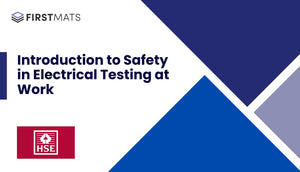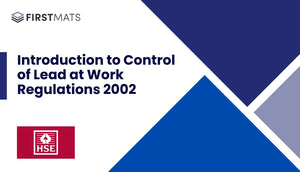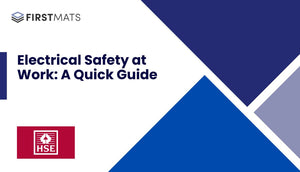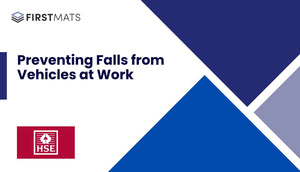Article Index:
Introduction
This article is a quick guide to understanding the Health and Safety Executive (HSE) document titled "Electrical Safety and You: A Brief Guide" (leaflet INDG231, rev1). This guide is aimed at simplifying the information provided in the original document, making it easily understandable for interested readers. The original document provides vital information about the risks associated with electricity and how to mitigate them.
The Hazards of Electricity
Electricity, while essential, can pose severe risks such as electric shocks, burns, and fire, especially in the workplace. The major hazards include:
- Contact with live parts causing shock and burns – normal mains voltage, 230 volts AC, can kill.
- Faults which could cause fire.
- Fire or explosion where electricity could be the source of ignition in a potentially flammable or explosive atmosphere.
Risk Assessment
Assessing the risks associated with electricity is crucial. The risk of injury from electricity is strongly linked to where and how it is used. The risks are greatest in harsh conditions such as in wet surroundings, outdoors, and in cramped spaces with a lot of earthed metalwork.
Reducing the Risk
Once the risk assessment is completed, you need to take measures to reduce the risks. This includes ensuring that people working with electricity are competent, the electrical installation is safe, and the equipment used is safe and suitable. Moreover, reducing the voltage and providing a safety device such as an RCD (residual current device) can provide additional safety.
Preventative Maintenance
All electrical equipment should be maintained to prevent danger. This includes user checks, visual inspections, and where necessary, a portable appliance test (PAT). Damaged or defective equipment should be removed from use and either repaired or disposed of to prevent further use.
Work Safely
Ensure that people working with electricity are competent to do the job. Even simple tasks such as wiring a plug can lead to danger. More complicated tasks should only be carried out by people with knowledge of the risks and the precautions needed.
Underground and Overhead Power Cables
Always assume cables will be present when digging in the street, pavement or near buildings. Overhead power lines cause over half of the fatal electrical accidents each year. Therefore, it's crucial to consult the owners about the safe working distance from the cables.
Conclusion
This article provides a simplified version of the HSE document "Electrical Safety and You: A Brief Guide". It highlights the importance of understanding the risks associated with electricity and the measures to mitigate them. For more detailed information, please refer to the original HSE document.







